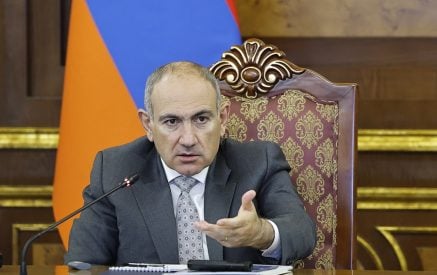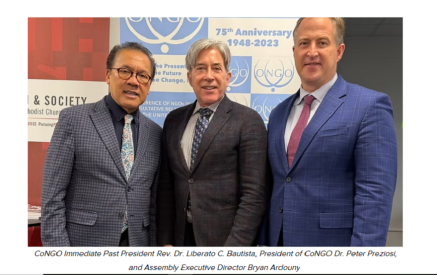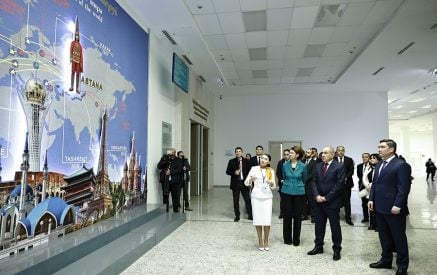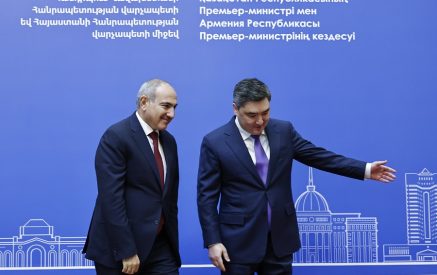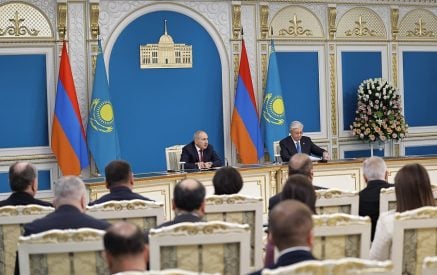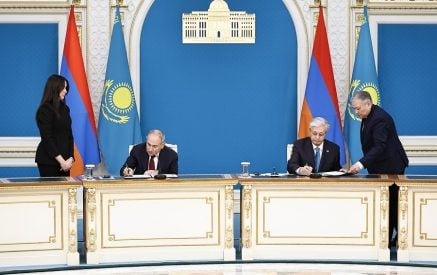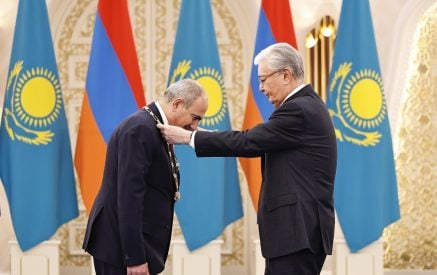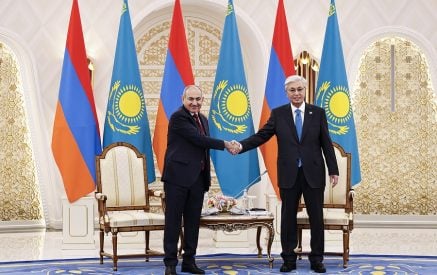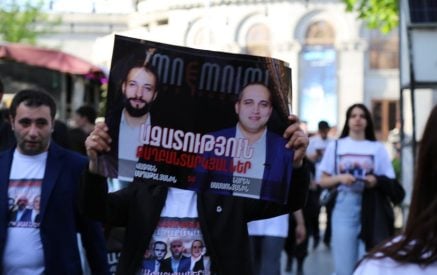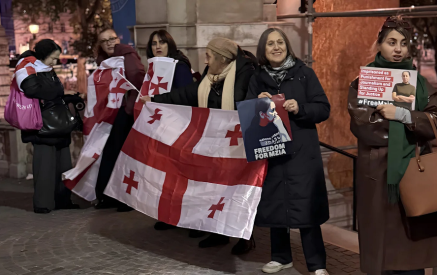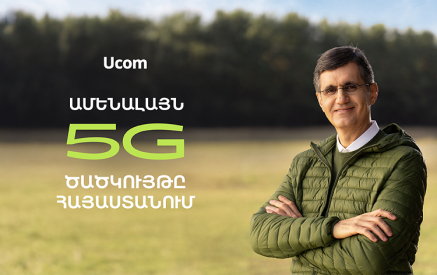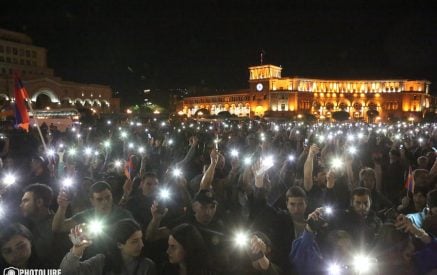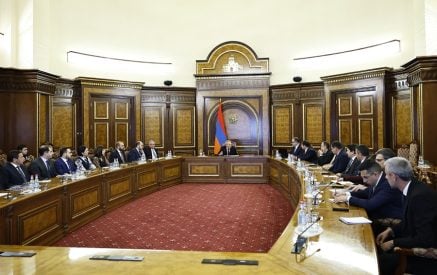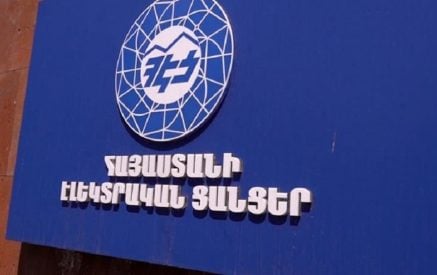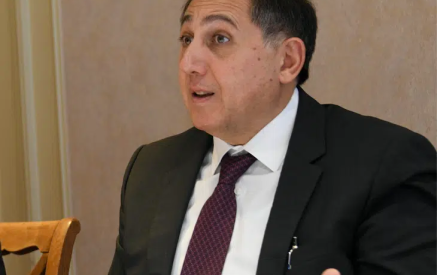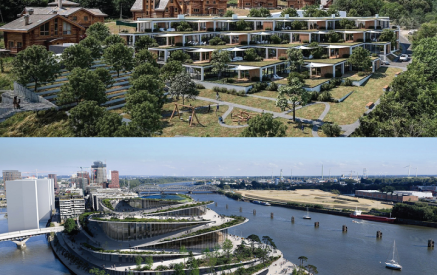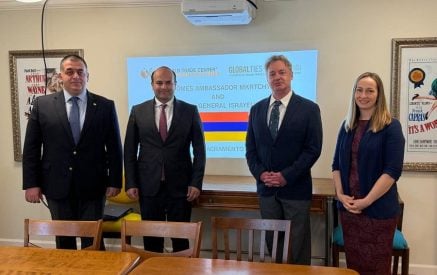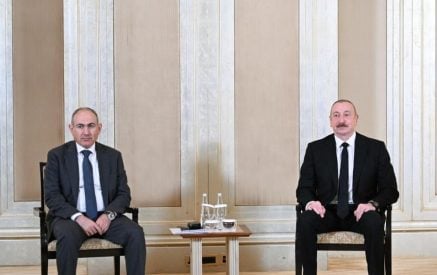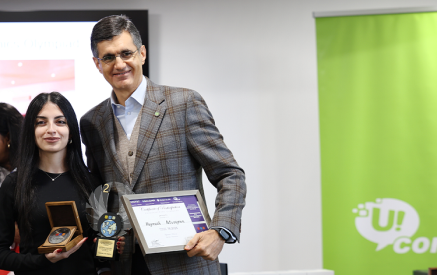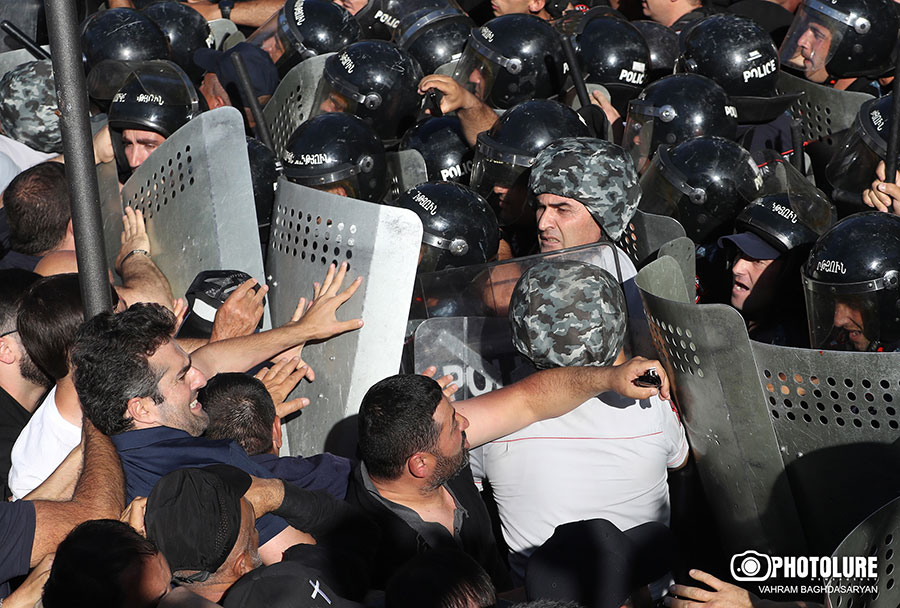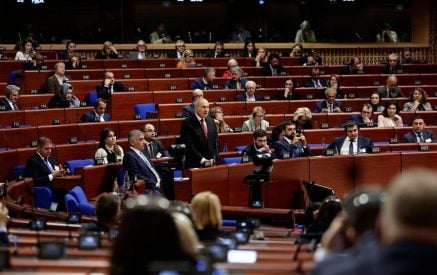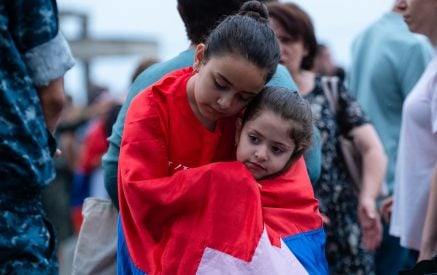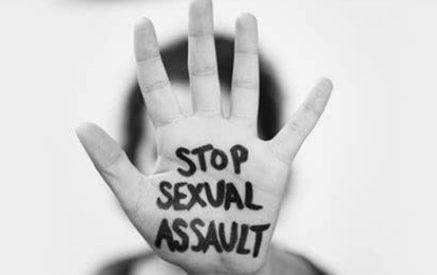Reacting to reports of violent clashes between protesters and police in Armenia’s capital Yerevan, which resulted in numerous injuries and detentions, Natalia Nozadze, Amnesty International’s South Caucasus Researcher, said:
“The authorities’ response to protests, even when they turn violent, must be strictly compliant with international human rights law and standards. Law enforcement officials should avoid the use of force; where this is not possible, force should only be used when it is absolutely necessary and proportionate to achieve a legitimate law enforcement objective, and to the minimum extent necessary.”
The authorities’ response to protests, even when they turn violent, must be strictly compliant with international human rights law and standards
Read also
Natalia Nozadze, Amnesty International’s South Caucasus Researcher
Background
On 12 June, clashes erupted in Yerevan’s city centre between police and those protesting the border demarcation deal with neighbouring Azerbaijan as Prime Minister Nikol Pashinyan was scheduled to address Parliament. The authorities responded to attempts to block access to the Parliament building by using stun grenades.
The stand-off with the protesters descended into a chaotic confrontation. According to the Ministry of Health, at least 101 individuals sought medical assistance following the clashes. Of these, 66 have since been discharged, while 32 remain hospitalized with injuries ranging from minor to moderate. The violence also resulted in injuries to 17 police officers.
At least 98 people were detained during the protests. The Armenian Investigative Committee has opened a criminal case into “engaging in violent acts against law enforcement.” Suspects in this case have not yet been named.


